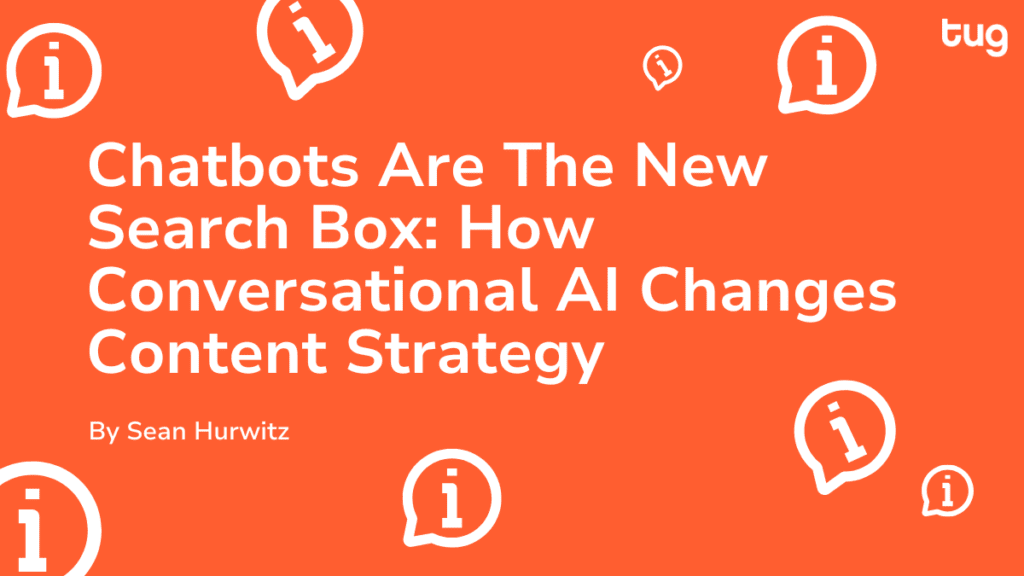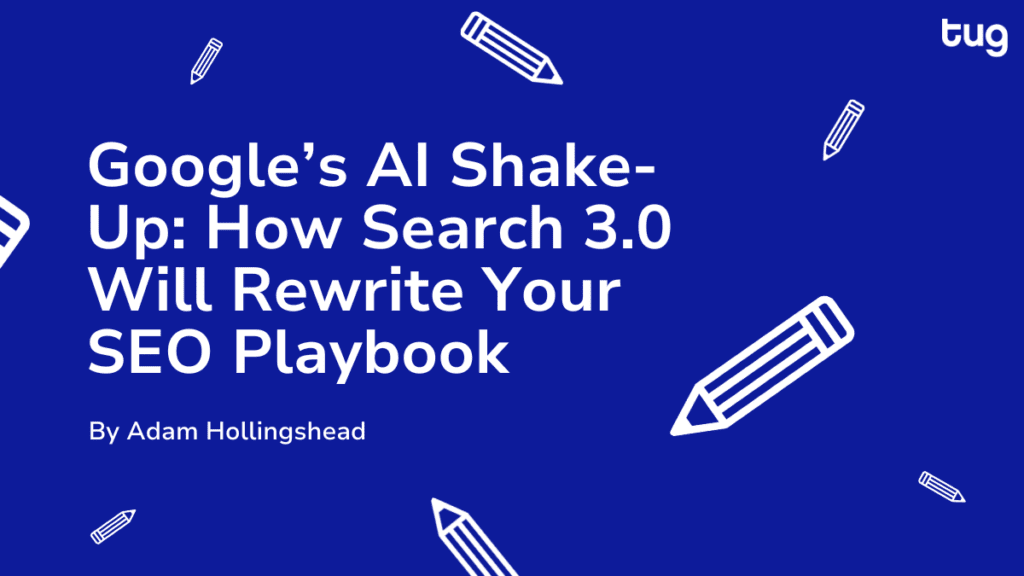Customer LTV & Tug CID
What You Need To Know
What Is It?
Customer lifetime value (CLV) is a key metric that allows businesses to understand the total value a customer can bring to their organisation throughout their entire customer journey, including repeat purchases, referrals, and any other forms of revenue they generate for the company.
By knowing CLV, companies can make informed decisions about how much to spend on acquiring and retaining customers.
Why Is It Important?
With the deprecation of cookies on the horizon, it is increasingly important for businesses to use enhanced data tracking to monitor the end-to-end experience of a customer.
Traditional marketing attribution methods that relied on tracking actual conversions and assigning their value to traffic sources are no longer effective meaning there is increasing difficulty to track a user’s entire journey to conversion.
By leveraging data to better understand customers, businesses can recognise the journeys of valuable customers and of those who bring less value. Furthermore, increased customer data allows businesses to personalise their offerings, enhance customer experience and ultimately improve CLV.
What Does This Mean For Marketers?
Accurately calculating customer lifetime value (CLV) and gaining insights into customer behaviour is highly dependent on advanced data tracking. Through segmentation of customers based on purchase history, demographics, and behaviour, businesses can effectively target specific groups, ultimately leading to increased customer satisfaction and retention, which is typically more cost-effective than acquiring new ones; this approach can drive CLV and return on investment (ROI) for the business.

What Is Tug’s Take?
Having enriched data can help businesses predict customer behaviour, anticipate future demand, strengthen marketing campaigns, and make better business decisions
Tug suggests a few different methods to achieve this goal, including GA4, Google Enhanced tracking, and our in-house tool, TUG-CID.
GA4 uses conversion modelling, a machine learning technique to quantify the impact of your marketing campaigns in cases where there is a lack of clear connection between ad interactions and conversions. This is often due to browser restrictions, regulatory updates, and customer privacy expectations.
Google Enhanced tracking is a tool that enhances the precision of your conversion measurement, allowing for more effective bidding. It does this by supplementing your current conversion tags with hashed first-party conversion data from your website, which is then transmitted to Google in a manner that preserves user privacy.
Thirdly, Tug has developed its own conversion tracking tool (Tug-CID) which eliminates the need for cookies and tracks conversions throughout the funnel. This includes B2C conversion journeys, as well as those for B2B businesses with longer lead times, connecting the conversions back to detailed marketing activities.
The aim of TUG-CID is to identify the traffic sources that drive the most incremental value to the business, leading to accurate measurement and marketing mix evaluation, enhanced ad targeting and optimization, and ultimately increased CLV.
Overall, these tools are all great solutions for businesses looking to optimise their marketing efforts and drive long-term customer loyalty and value through understanding the full customer journey.





